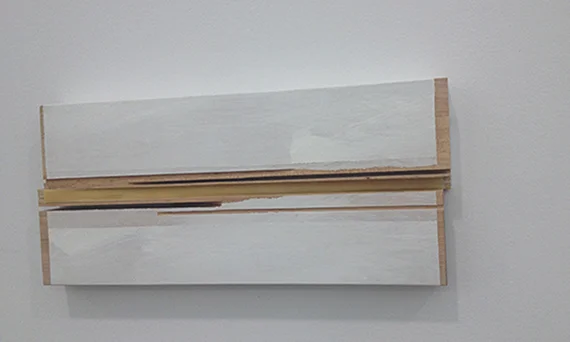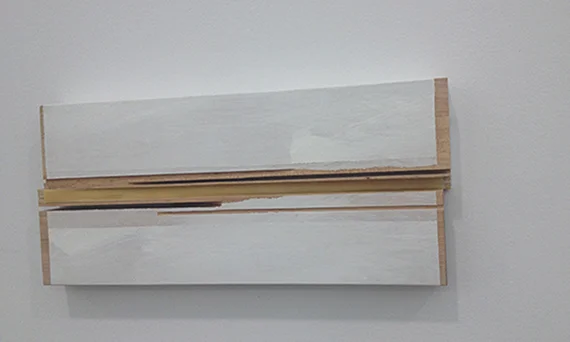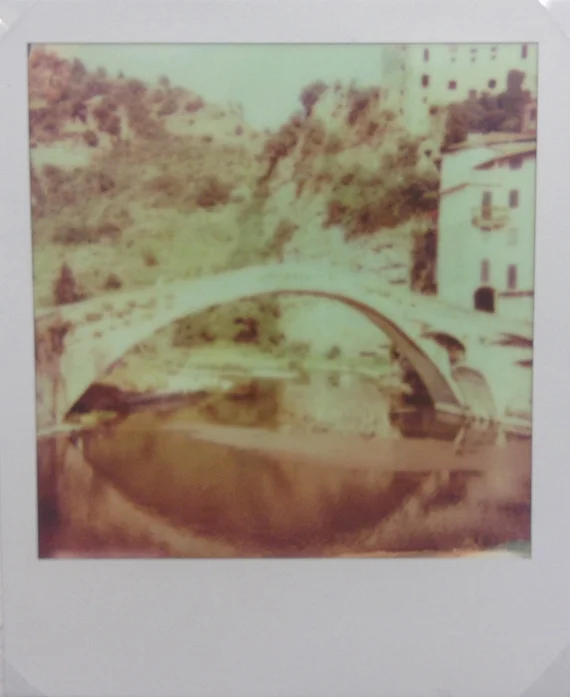CAROLINE WALKER (Scotland)
at Los Angeles Review of Books
Caroline Walker’s childhood art studio was a kitchen cupboard where she routinely drew portraits of women. After her mother took her to an exhibit of Gainsborough portraits of society ladies in the Scottish National Gallery she began to paint. To this day she makes portraits of women, primarily in scenes of domesticity.
In her twenties, she realized her favorite paintings of women were done by men, and became interested in portraying women from a female perspective. She finds a fascinating complexity in domestic scenes, particularly considering the roles women play. Her subject, she says, “could be the owner, the nanny or the housekeeper for example. The house becomes less about a private space and more about divisions of social class, wealth and the roles that we perform.”
Walker paints from photographs, some of which are shot with posed models in carefully crafted costumes, often inside glamorous, soulless California homes. Others are snapshots taken surreptitiously on her phone of invisible women in service industries, working quietly and unassumingly as hairdressers, manicurists or tailors. In either echelon of society, she hopes to record “the reality of women’s daily lives in the space of the city,” incorporating her emotional response to what she sees into the documentary aspect of her work.
Her influences range from Degas and Manet to film directors like Hitchcock and David Lynch. Her interest in the representation of women in Western art has widened to include “reality TV, trashy magazines, and popular culture, which present different ways of imaging women, often where women are choosing to present themselves in particular ways.”
Realism is important to her. She hopes the viewer will feel connected to “a real space occupied by real people.” But her painting is also loose and abstract, often conveying a sense of emptiness or listlessness, a feeling of being vaguely trapped in a domestic setting or place of work. A pervasive sense of loneliness runs through her work.
There is a voyeuristic, cinematic sense that we are watching these women while nothing happens to them. Their private lives are opened to us, giving an impression of stasis and monotony intertwined with comfort, familiarity, focus, discipline, or mild ennui. These are women comfortable at home, or in their own spheres. In a way we are wrong to intrude, or would be if they noticed us. But in another way, we are wrong to ignore them, the women doing invisible work on which the world quietly runs.
This series “really opened my eyes to the idea of invisibility, of those overlooked lives in the city around us,” she says. “This led to me becoming interested in women working in… professions dominated by a female labour force, but which are largely taken for granted or, in the case of hotel housekeeping, designed to be unseen.” Her portraits of these women underscore their value. They deserve to be seen. And to be seen with such subtlety, empathy, and tenderness as her paintings lend.













































































